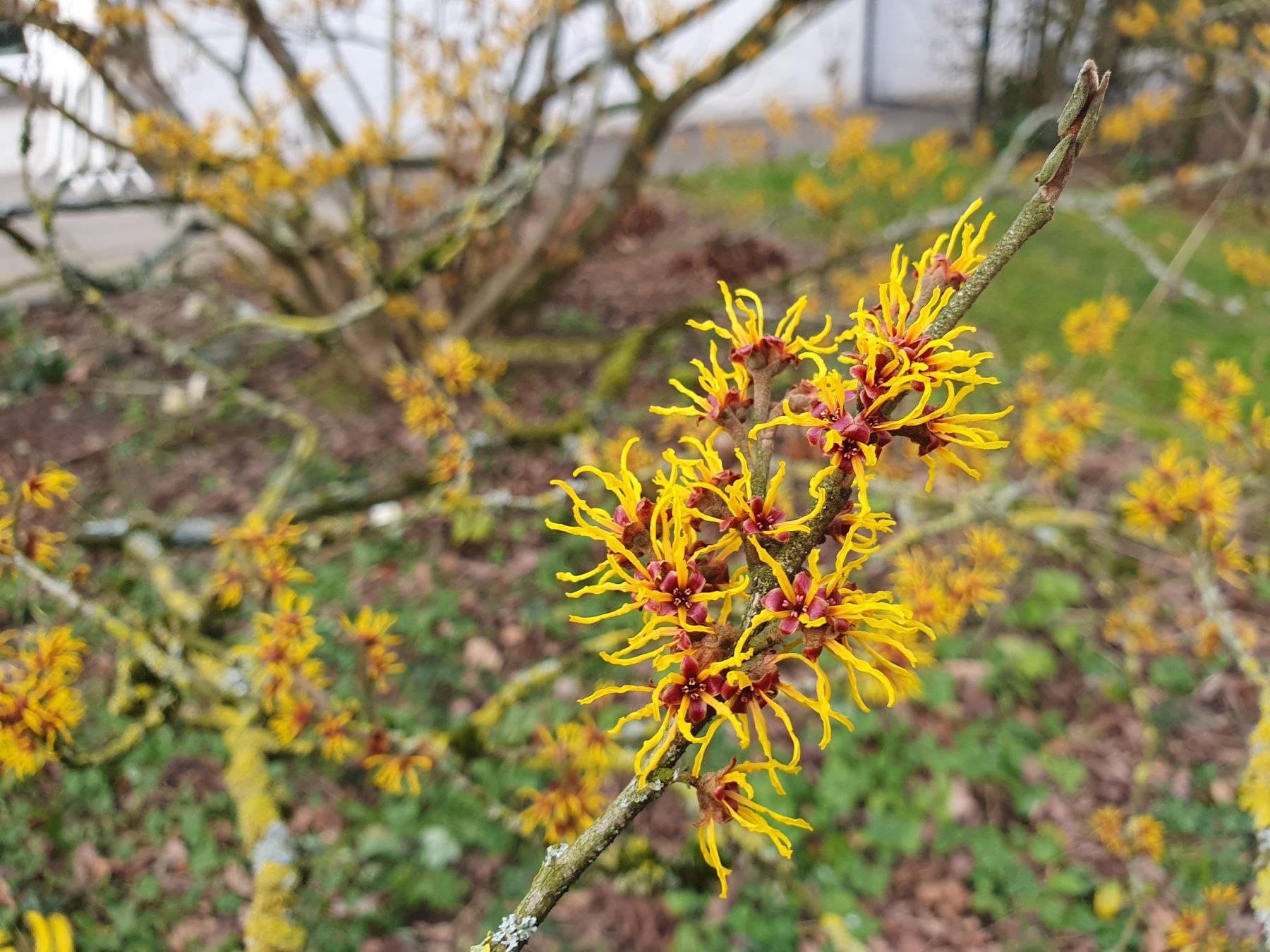
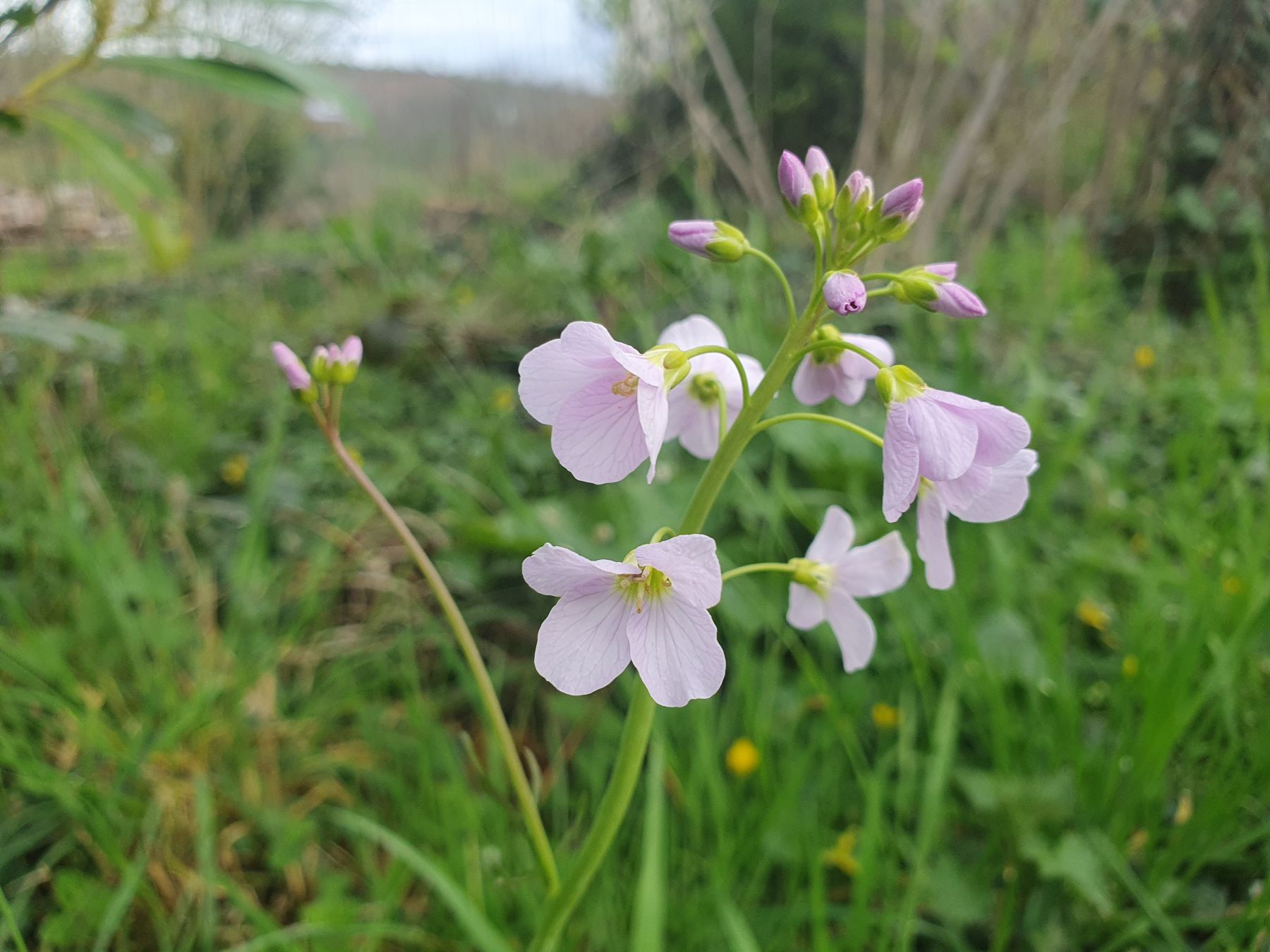
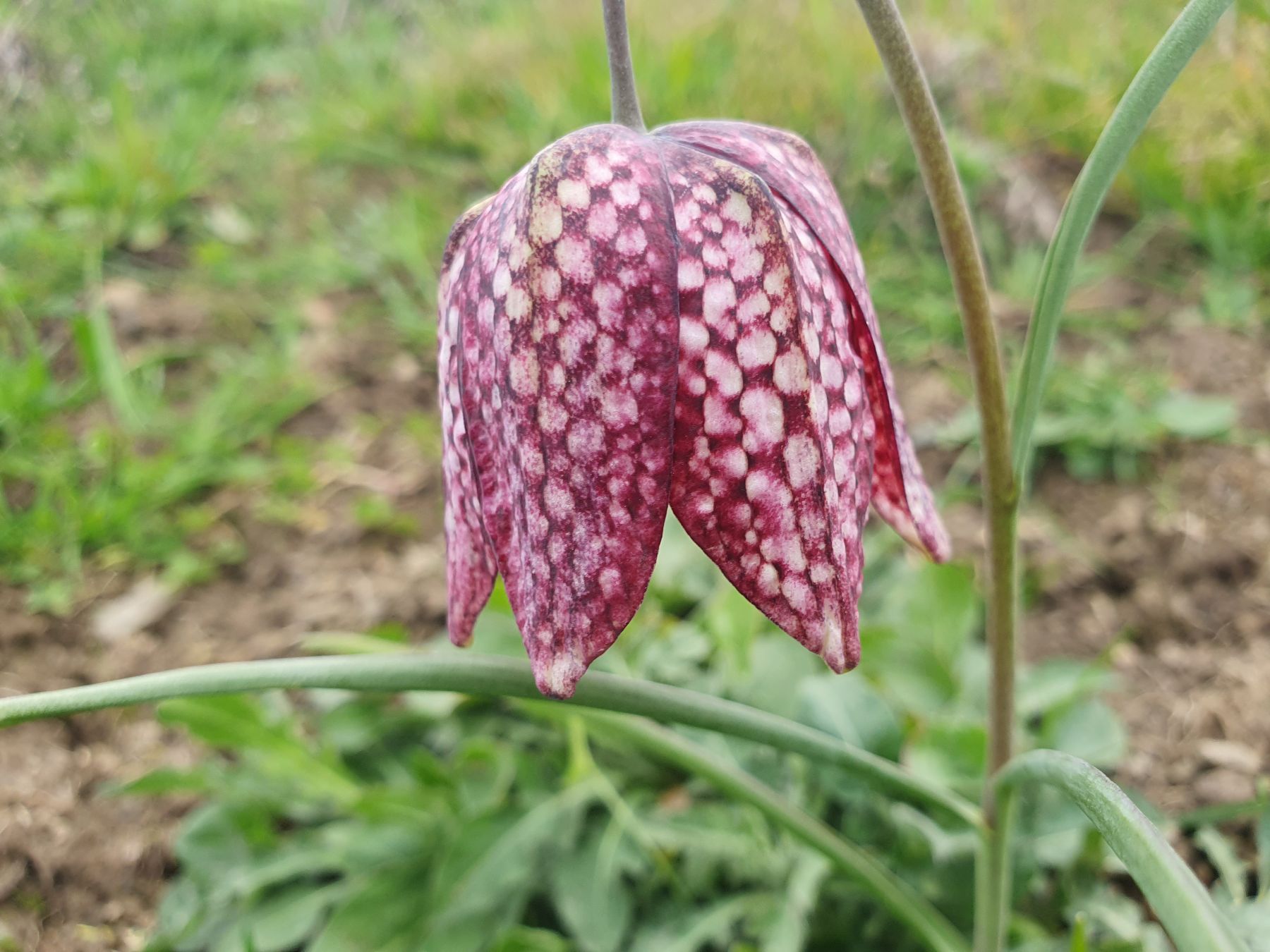
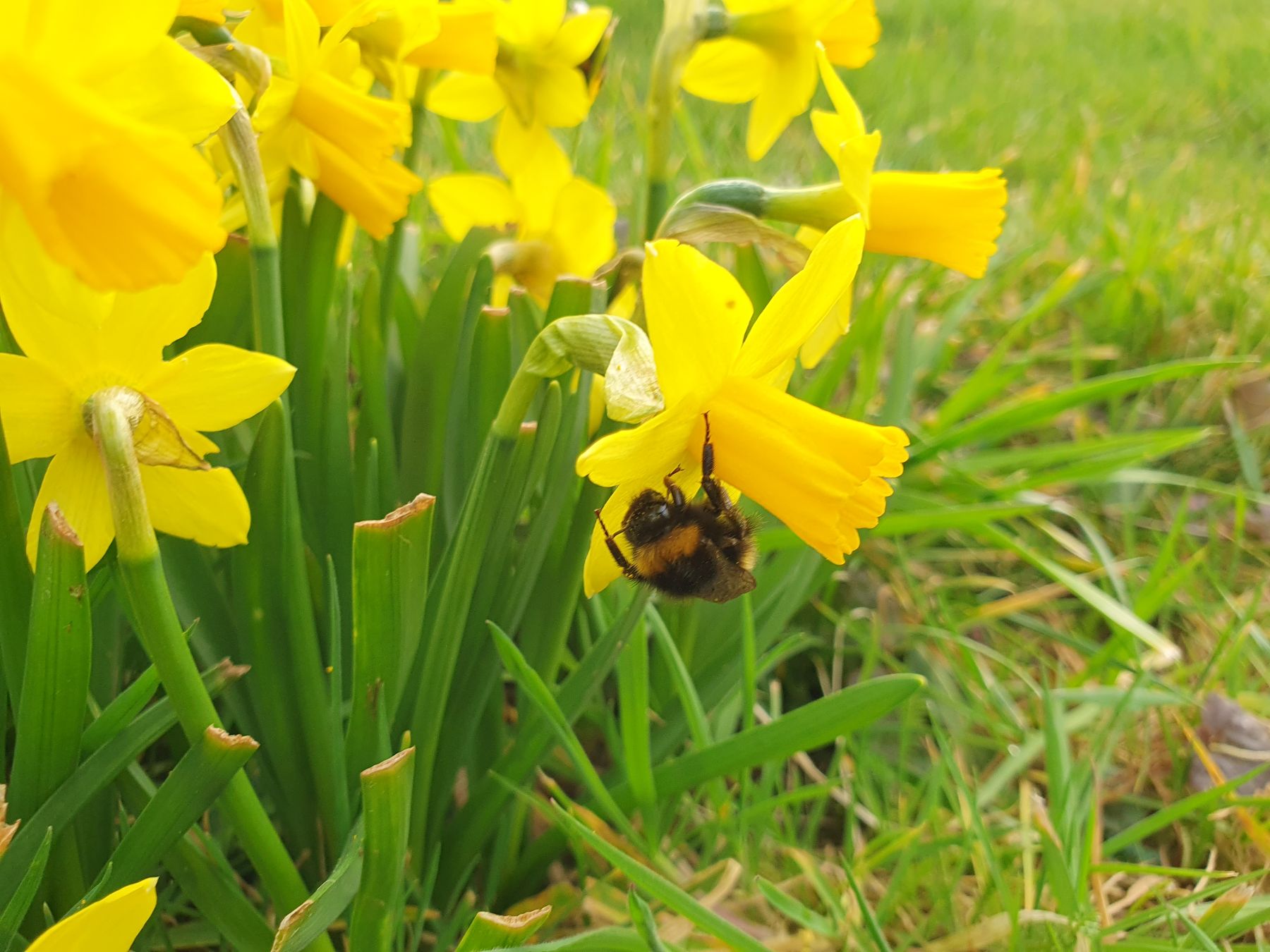
If you want to accommodate a wide variety of pollinators in your garden, be sure to provide enough food. For our butterflies, bumblebees, bees and hoverflies, this means offering a diverse menu of nectar and/or pollen for as long as possible, ideally from February to October. A bloom calendar is a good way to visualize the supply of flowering plants in your garden throughout the year.
With a long blooming period you prevent insects from having to fly far for food or from moving to a better habitat or even disappearing from your garden completely. Not all species fly at the same time of the year, so the longer the blooming period in your garden, the greater the diversity of pollinators.
A garden view evolves strongly between the seasons. It is perfectly possible to have a beautiful garden in full summer that is bare in autumn, winter and early spring. Also, we enjoy the sight of flowers coloring the garden for as long as possible. If you want to know how well your garden scores, start today by making your own bloom calendar. This gives you insight into which periods you have less or almost no food supply and/or flowers and allows you to then fill the gaps.
How to get started? It's simple. List the plant species in your garden (column A) in a spreadsheet. Indicate in which month(s) they are in bloom (columns B-K: January to December). You can also indicate flower color if you like. Walk around your garden at least 3 times a month, observe and write down all blooming plants you encounter.
Many people like to create corners in their garden where a certain colour dominates or instead prefer a diverse colour palette. The bloom calendar will give you more insight into this. In our own calendar, we like to make a distinction between herbs, shrubs, climbers and trees and group per category. Other people make bloom calendars for each garden zone, such as a border, grassland, shaded area, etc.... There are also beautiful circle diagrams that you can color if you want to be more creative. Be sure to check out these examples to get inspired.
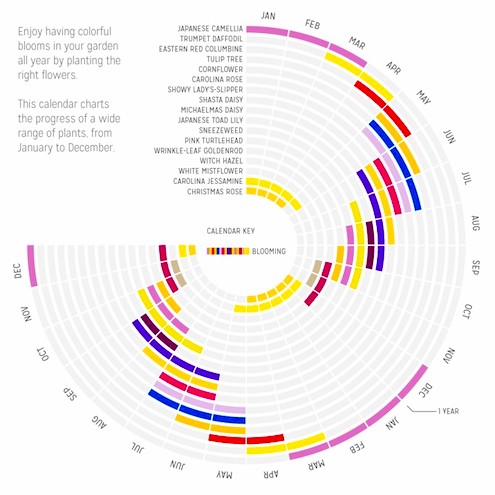 [Example 1] [Example 2] [Example 3]
[Example 1] [Example 2] [Example 3]
Interested in more? Then go one step further. We also include berries, fruits and nuts in our calendar. These are an important source of food for birds and small mammals and add color as well to the garden, especially in autumn and winter. Moreover, a diverse range of edible fruits is also tasty and healthy for us. We look forward to hearing what insights you will gain. See you in December to share our flowering and berry arches!
If you are not sure which plant species grow in your garden, download the obsidentify app for the identification of native wild species or use the plantnet app for cultivars/ornamental plants.
Download the bloom calendar excel template here.
- Hi! Thank you so much for sharing the template. I have an excel question: how did you set up the chart? I cant figure out to have it display properly, my data sources all jumbled! (Trella)
- Dear Trella, thanks for your question. Can you send me your email address, it will be easier to respond. I assume you mean the radial bar chart, right? (An from IMBY)


